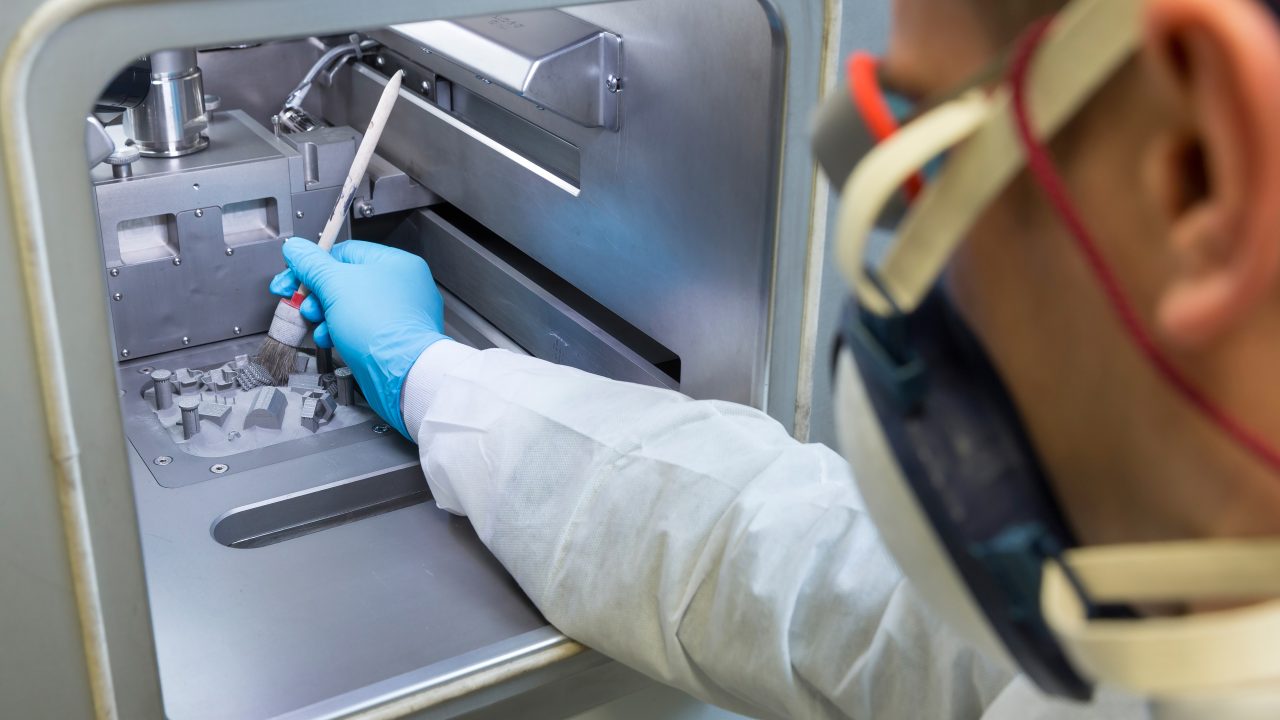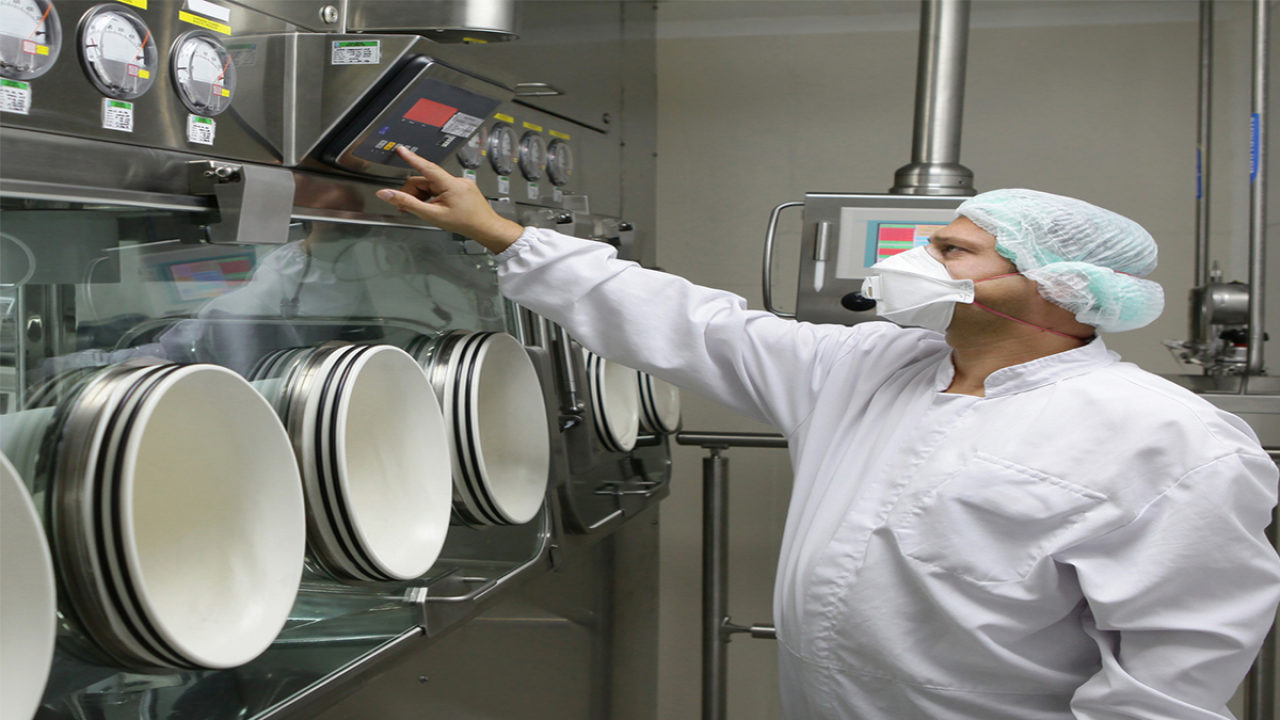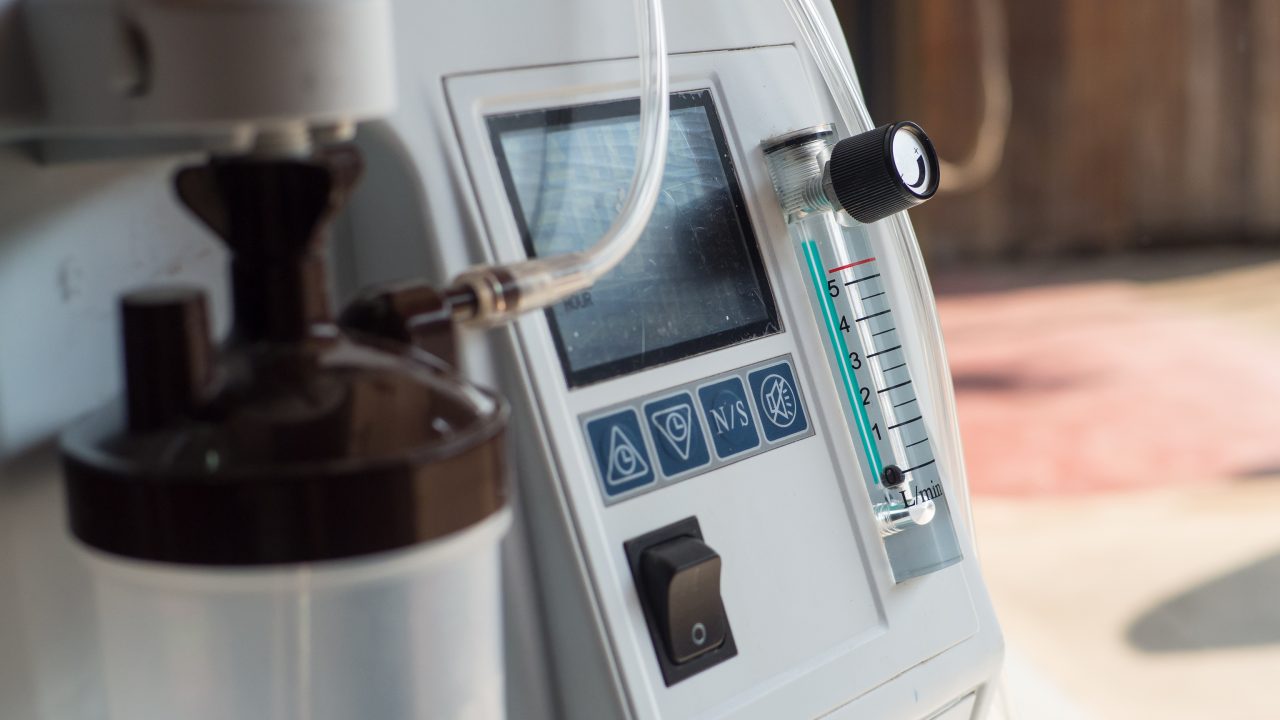
Ensuring Inert Atmospheres with Argon Monitoring
In metal additive manufacturing (AM) processes such as Selective Laser Melting (SLM) and Electron Beam Melting (EBM), achieving and maintaining an inert chamber atmosphere is critical to success. Oxygen contamination, even at very low concentrations, can oxidize sensitive metal powders, degrade layer bonding, and introduce porosity or brittleness in finished parts.
To prevent these effects, printing chambers are purged with argon to remove oxygen and maintain a controlled environment. Verifying purge efficiency and monitoring oxygen concentration during the entire build process are key to ensuring repeatable results and minimizing material loss. Sensore´s zirconia oxygen sensors are specifically designed for these demanding conditions, providing high accuracy, thermal robustness, and long-term stability under continuous operation.
Industry Challenges
Additive manufacturing poses several challenges for gas monitoring:
- Contamination risk – Oxygen above acceptable limits can compromise part properties and process reliability.
- Argon verification – Purge cycles must be validated to ensure oxygen has been sufficiently displaced before printing begins.
- Thermal extremes – Repeated heating, cooling, and gas cycling place heavy demands on sensor durability.
- Extended build times – Large builds can last many hours or days, requiring oxygen sensors with long-term stability and minimal drift.
Why Zirconia Oxygen Sensors are Effective
Sensore zirconia sensors are designed to deliver precise and stable oxygen measurement in harsh environments, making them ideally suited to AM applications using argon. Key benefits include:
- Accurate oxygen detection in argon environments – Ensures chamber conditions meet required specifications before and during builds.
- High-temperature capability – Maintains reliable performance under elevated chamber conditions.
- Fast response time – Detects leaks or incomplete purges quickly to minimize scrap and downtime.
- Durability – -Zirconia cell designs enhance resistance to thermal shock and extend sensor lifetime.
- Long-term stability – Provides consistent measurements during multi-hour or multi-day print jobs without frequent recalibration.
Applications in Additive Manufacturing
Sensore zirconia oxygen sensors are integrated into AM systems to support:
- Argon purge monitoring – Confirming oxygen has been displaced to acceptable levels before a build begins.
- Real-time atmosphere control – Continuously verifying oxygen levels throughout printing to ensure chamber integrity.
- Leak detection – Identifying seal failures or oxygen ingress during extended builds.
- Process optimization – Reducing argon consumption by providing data to optimize purge cycles and gas flow.
- Quality assurance – Documenting oxygen exposure to support compliance with stringent material and process validation requirements.
Conclusion
Oxygen control is critical to achieving high-quality, defect-free parts in additive manufacturing. Sensore’s zirconia oxygen sensors provide the reliability and durability needed for advanced AM processes by enabling precise oxygen detection in argon-purged environments. Whether monitoring purge cycles, detecting leaks, or ensuring atmosphere stability during long builds, these sensors help manufacturers maintain process consistency, reduce waste, and optimize gas usage.
Discover more about our Zirconia Oxygen Sensors or speak to our team about custom solutions for additive manufacturing.
Need help selecting the right sensor?
Contact the Sensore team →
Looking for technical specs?
View our oxygen sensor datasheets →



